Tuna, also known as tuna, is a warm-water migratory fish widely distributed in tropical and subtropical waters around the world. Because of its delicious, tender meat and high nutritional value, it has become a good choice for modern people's healthy diet. So, what are the varieties of tuna? The editor has sorted out the top ten common types of tuna, namely Atlantic bluefin tuna, Pacific bluefin tuna, southern bluefin tuna, yellowfin tuna, bigeye tuna, albacore tuna, blackfin tuna, bluefin tuna, long waist tuna and Masu tuna. Next, let's learn about the classification and related information of tuna.
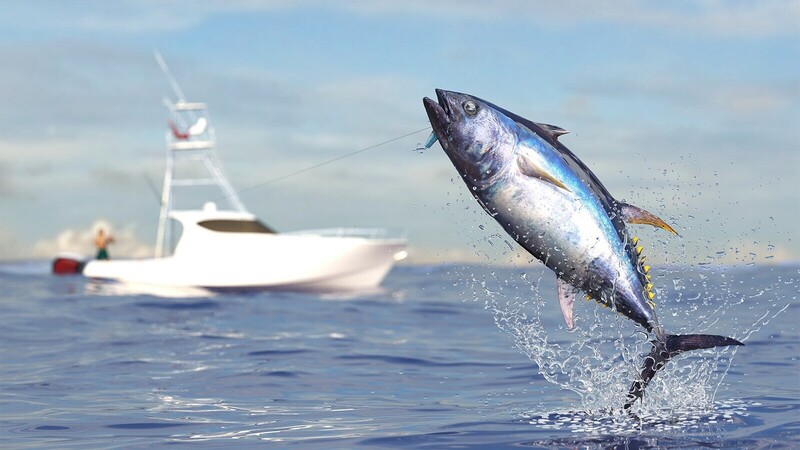
1. Atlantic Bluefin Tuna (Gulf of Mexico/Mediterranean Sea/Most Expensive Tuna)
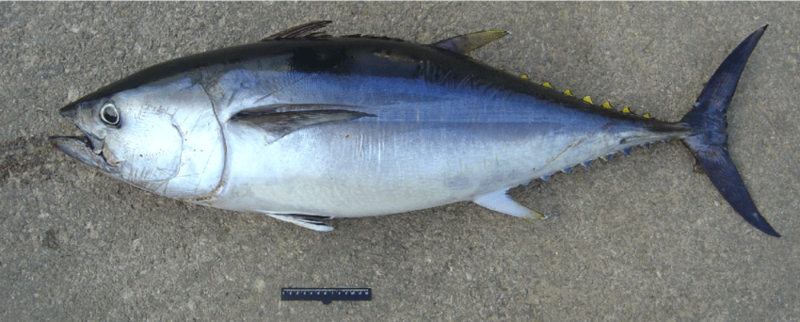
Among all tunas, Atlantic Bluefin Tuna is the most expensive species and the top representative of the tuna family. This tuna is mainly distributed on both sides of the Atlantic Ocean, as well as in the Mediterranean and Black Sea, and there are also independent populations in South Africa. Their spawning grounds are located in the Gulf of Mexico (April to June) and the Mediterranean (June to August).
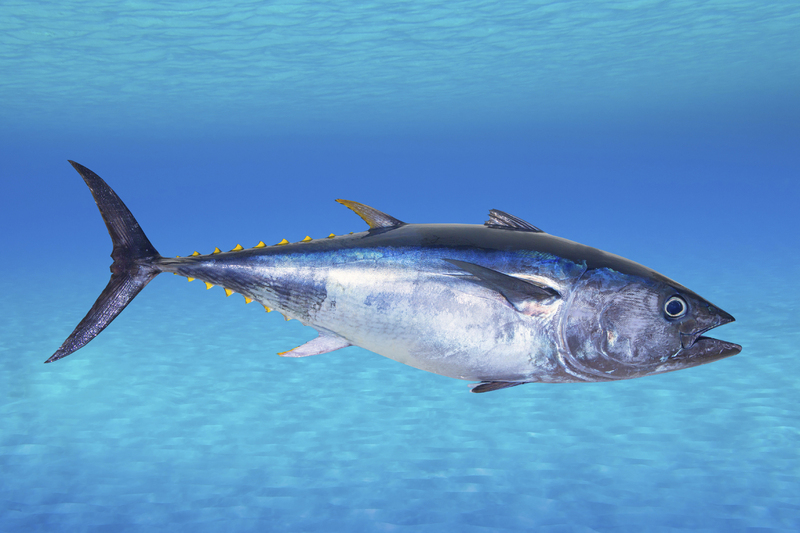
Atlantic Bluefin Tuna is the largest species of tuna, with dark green fins and silver-gray dorsal and ventral bodies, and can live up to 30 years. Its meat is very delicate, rich in fat, light red in color, and tastes excellent, so it is very expensive. There was once an Atlantic bluefin tuna weighing 278 kilograms that was auctioned for a sky-high price of 333 million yen, mainly used to make high-end sashimi.
2. Pacific bluefin tuna (Southern Japan/off the coast of the Philippines/body length can reach 3 meters)
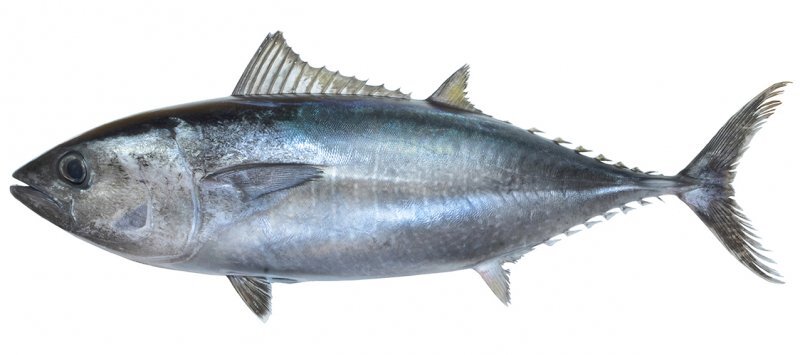
Pacific bluefin tuna is a bluefin tuna distributed in the Pacific region and is one of the top ten tuna species. Although it looks very similar to the Atlantic bluefin tuna and can reach a body length of 3 meters, their distribution areas are different. Pacific bluefin tuna usually move in groups and mainly feed on fish, cephalopods and crustaceans. Its spawning grounds are located from southern Japan to the coast of the Philippines (spawning period April to July) and the Sea of Japan (spawning period July to August).
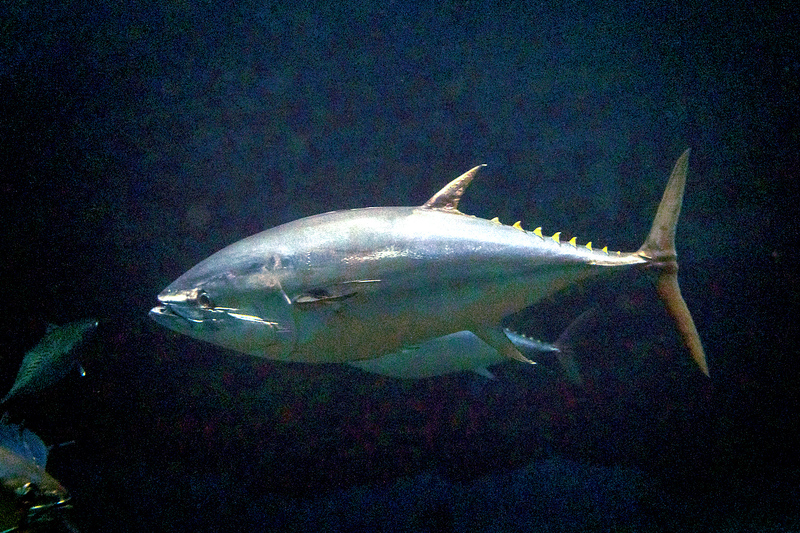
This tuna has important economic value in the international commercial fishery. It has delicate meat, rich fat and strong flavor. It is widely used to make high-quality sashimi and sushi.
3. Southern Bluefin Tuna (Australia/New Zealand/body length up to 2.5 meters)
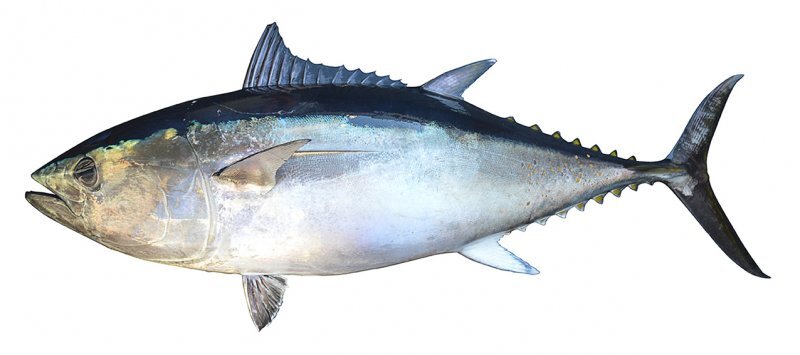
Southern bluefin tuna is one of the most popular tuna species, named after its main distribution in the Southern Hemisphere. They mainly live in the waters south, east and west of Australia. Although they are both bluefin tuna, southern bluefin tuna is smaller in size, usually about 2 meters long and weighing about 200 kilograms. Compared with Atlantic bluefin and Pacific bluefin tuna, it is more affordable, but still popular. Its meat is bright red, high in fat, rich in oil, soft and plump, and slightly sour.
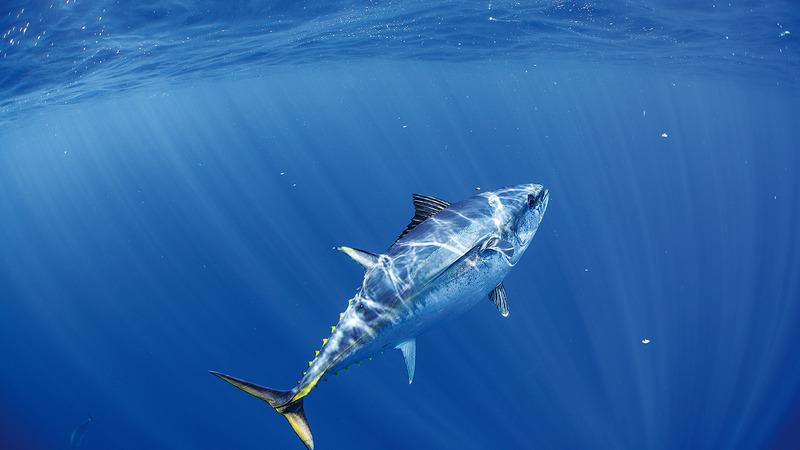
Due to long-term overfishing, the number of southern bluefin tuna has dropped sharply, so many countries and regions have taken measures to establish closed fishing seasons and closed fishing areas to protect this species.
4. Yellowfin tuna (yellow fins/pink flesh/market share of about 35%)
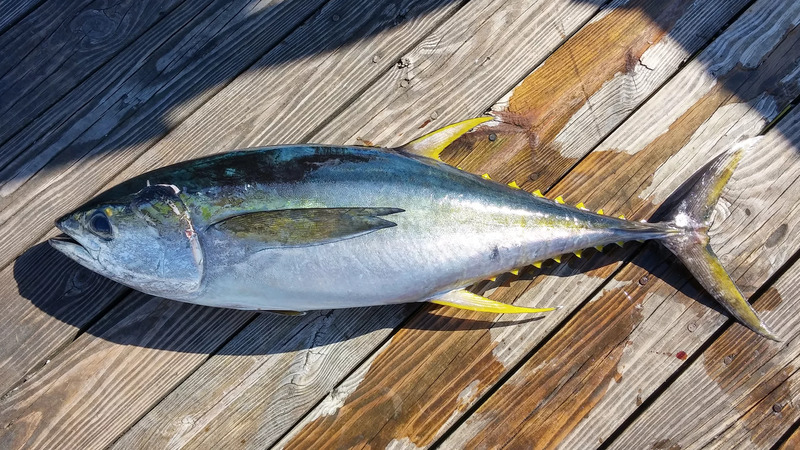
Yellowfin tuna, also known as yellowfin tuna or yellow muscle tuna, is a common tuna. It is named for its yellow dorsal and anal fins. Its body is spindle-shaped, slightly flattened, with a small head and a long and thin tail. The back of the fish is blue-green and the sides are light gray. The body length is usually between 1 and 3 meters, with an average of about 2 meters, and most of the weight exceeds 100 kilograms.
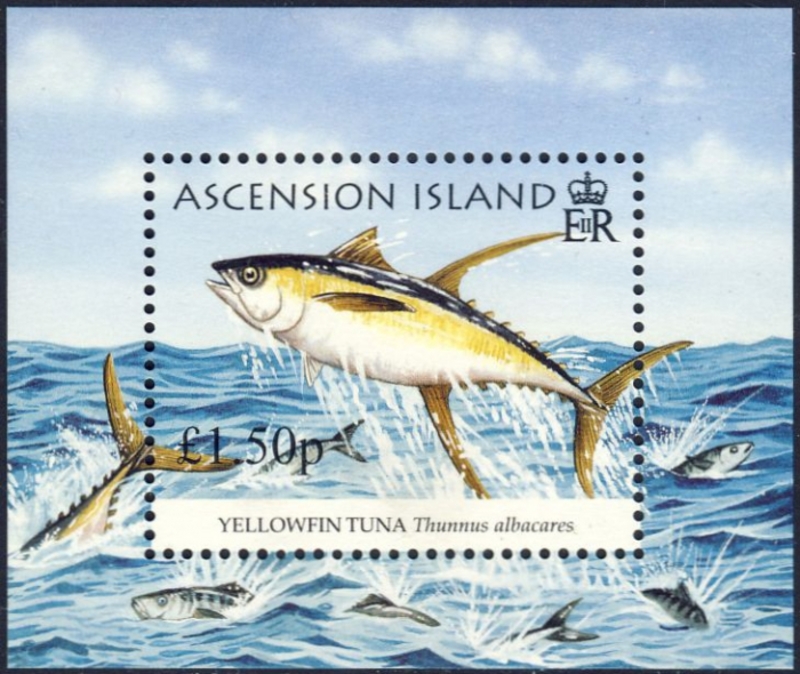
Yellowfin tuna is widely distributed in tropical and subtropical oceans, almost all over the world except the Mediterranean. It has a very wide range of diet and a high yield, accounting for 35% of global production. Its fish meat is pink, with a light bloody smell and a refreshing taste. In addition to being often used to make sashimi and sushi, it is also often processed into canned food.
5. Bigeye tuna (big head and big eyes/less fat/more water/light taste)
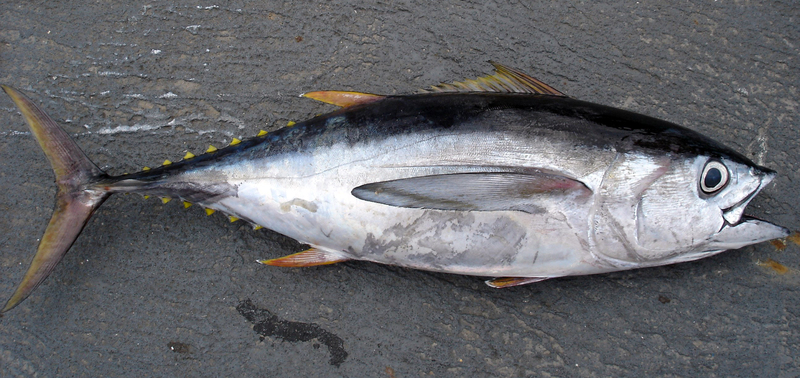
Bigeye tuna, also known as bigeye tuna, is named because of its particularly large eyes and head. Compared with other tunas, the bigeye tuna has a shorter and thicker body proportion, with a body length of about 2 meters and a weight of about 150 kilograms. It is a medium-sized species in the tuna family. It is widely distributed in tropical and temperate waters around the world. In China, it is mainly distributed in the waters of the South China Sea, the Xisha Islands, the Zhongsha Islands and the Nansha Islands.
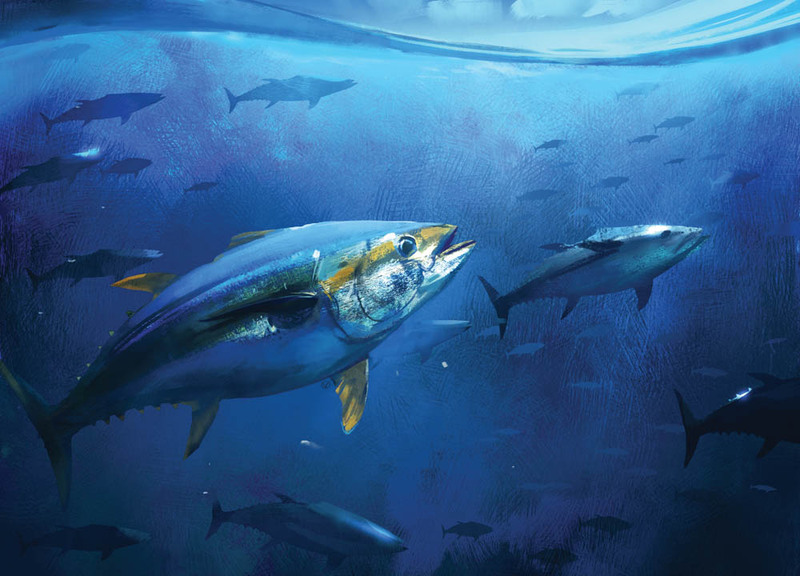
Because it lives in warm waters, the bigeye tuna has a lower fat content, more water in the meat, is pink, and has a lighter taste. It is a common raw material for making tuna sashimi. In addition to eating it raw, it can also be canned, frozen or made into dried products. The liver can also be used to extract cod liver oil.
6. Albacore Tuna (Knife-shaped pectoral fins/extremely long/mainly canned)
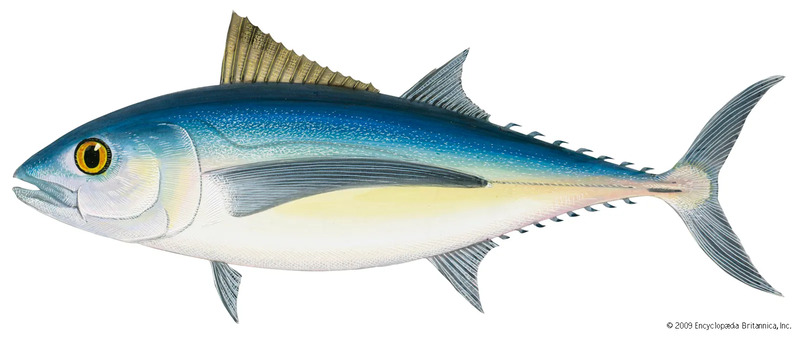
One of the most popular species of tuna is the albacore tuna, also known as the longfin tuna, because its pectoral fin is about 30% of its body length. The back of the albacore tuna is dark blue, the belly and sides are silvery white, and the overall color is uniform. The body length is usually between 1 and 1.5 meters, and the weight is about 15 kilograms. The largest individual can reach 45 kilograms, which is a smaller tuna.
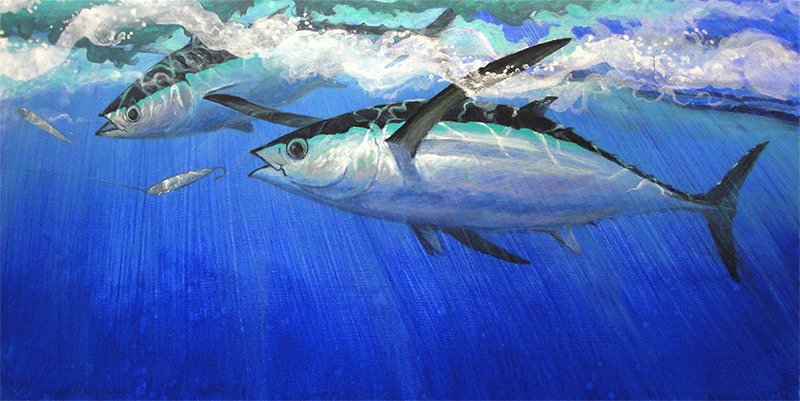
It is widely distributed in tropical and temperate waters around the world, and even extends to cold water areas. Albacore tuna is abundant in production, has more fat in the meat, and its color ranges from pale white to pale pink. It is commonly seen in canned tuna on the market and is often used as the main ingredient in conveyor belt sushi restaurants. In addition, it is also widely used to make salads, sandwiches or rice balls.
7. Blackfin tuna (Western Pacific/average body length 50 cm)
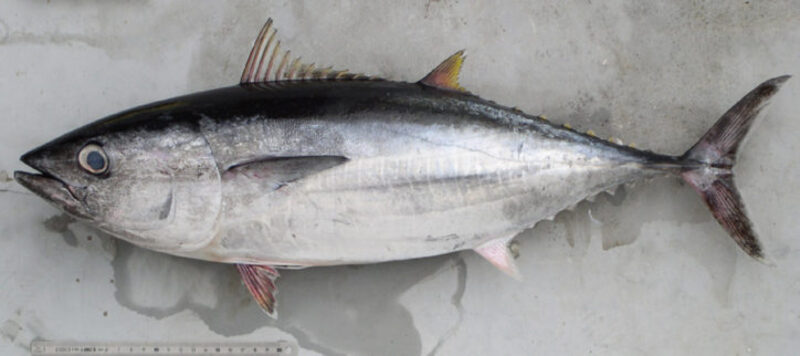
Blackfin tuna is a smaller tuna and one of the top ten tuna species. Its average body length is about 50 cm and its weight is about 3.2 kg. Its maximum body length can reach 100 cm and its weight can reach 21 kg. The dorsal fin of blackfin tuna is darker in color and the pelvic fin is usually gray. It is mainly distributed in the western Atlantic region, from Massachusetts, USA to Rio de Janeiro, Brazil, and inhabits coastal areas.
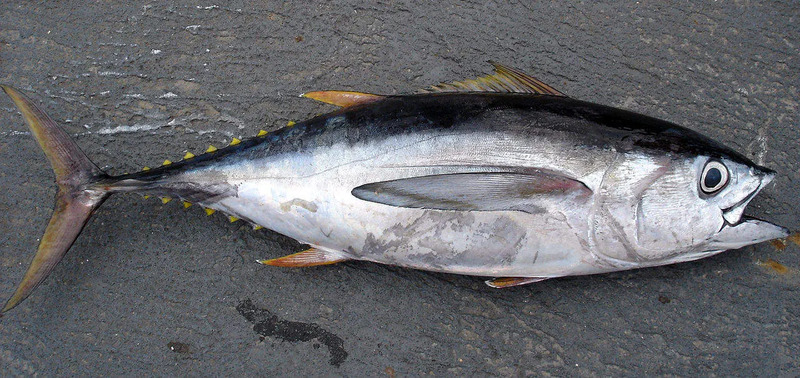
This tuna is very delicious and can be sold in a variety of ways, such as fresh, dried, pickled, canned or frozen. Its belly and red part are often used to make sashimi or sushi, and the special layer between the skin and the red part is called skin oil meat, which has a refreshing and elastic taste.
8. Longtail tuna (Indo-West Pacific region/average body length 30-40 cm)
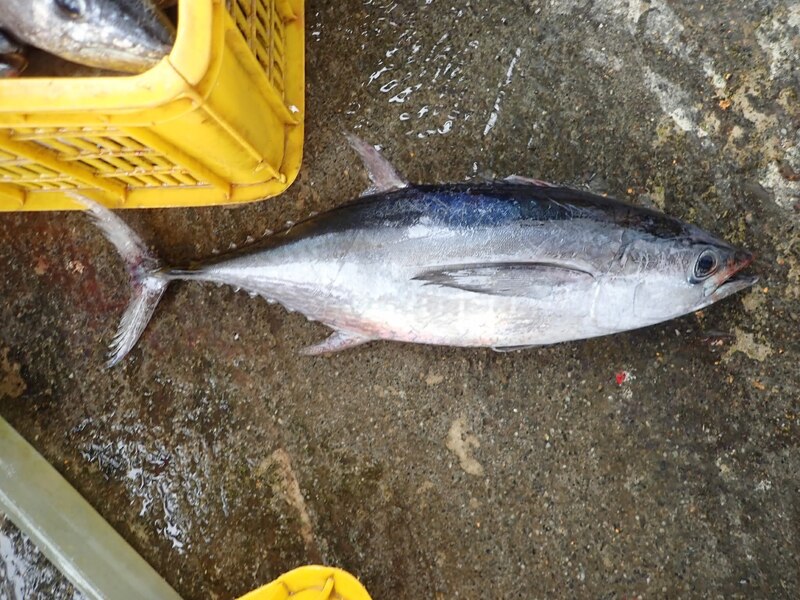
Bluefin Tuna, also known as longtail tuna, belongs to the genus Thunnus of the family Scombridae. It is usually 30 to 40 cm long and weighs about 1.5 to 2 kg. Its tail fin is crescent-shaped, the back of the body is blue, the abdomen is lighter, the pelvic fin is light, and the rest of the fins are black. Bluefin tuna is widely distributed in the Indian Ocean and the Western Pacific, from the Red Sea to New Guinea, north to Japan, and south to Australia. It usually lives in clear waters with sand or coral reefs at the bottom.
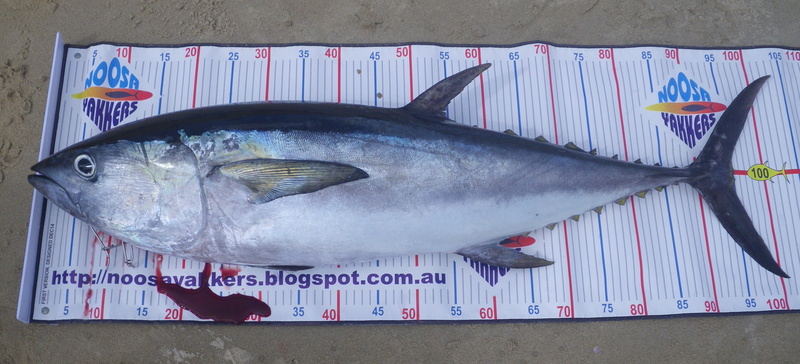
This tuna has delicious meat, delicate taste, melts in the mouth, and has a certain chewiness, which is widely loved by the international market. In addition to fresh food, it is also often made into canned food, salted dried products, and even smoked, canned and frozen.
9. Long-waisted tuna (Kyushu/Sanin, Japan/body length about 1m)
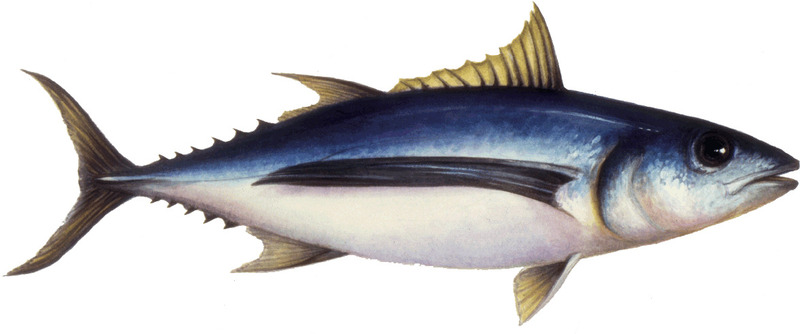
Long-waisted tuna is a type of tuna. It is named because of the long rear edge of its dorsal fin, and there are often mottled white patterns on its belly. Usually, this type of tuna is about 1 meter long and is a small species of tuna. It mainly inhabits tropical and subtropical waters, has a low yield, and has obvious regional characteristics. It is especially common in Japan and is a special autumn delicacy in Kyushu and Sanin.
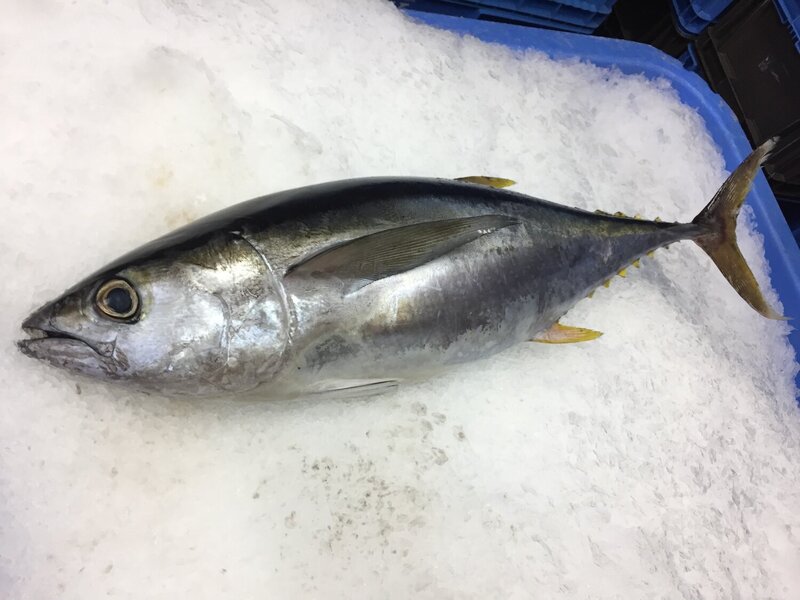
The meat of long-loin tuna has a low fat content, is light pink and white, and has a light taste without fishy smell, so it is very suitable for people who don’t like strong fishy smell. Its fish meat can be used to make foods such as bonito flakes, canned food and sashimi.
10. Masu Tuna (Temperate and Cold Oceans/Dark Red Meat/Firm and Tender)
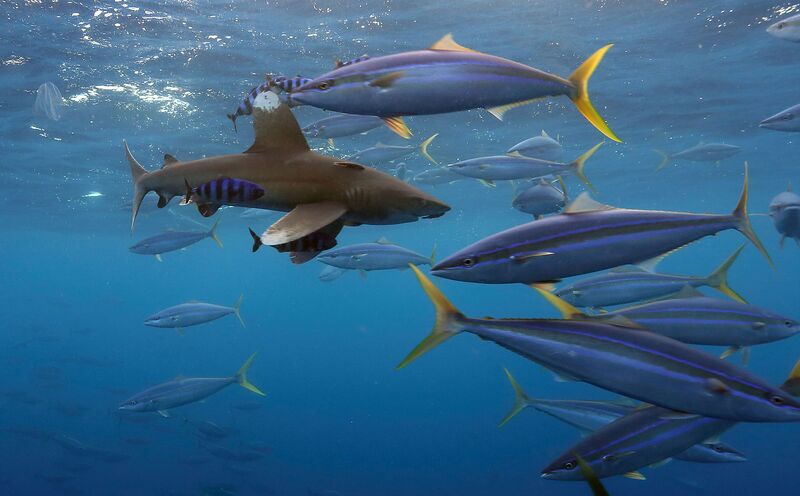
Masu Tuna is a member of the tuna family, mainly distributed in the temperate and cold waters of the Atlantic, Indian and Pacific Oceans. Generally, the body length of Masu tuna is 160 cm, the maximum can reach 245 cm, and the maximum weight can reach 260 kg. It is spindle-shaped, with a silvery white belly and underside. Its first dorsal fin is yellow or blue, and its anal and pelvic fins are dark yellow with black edges.
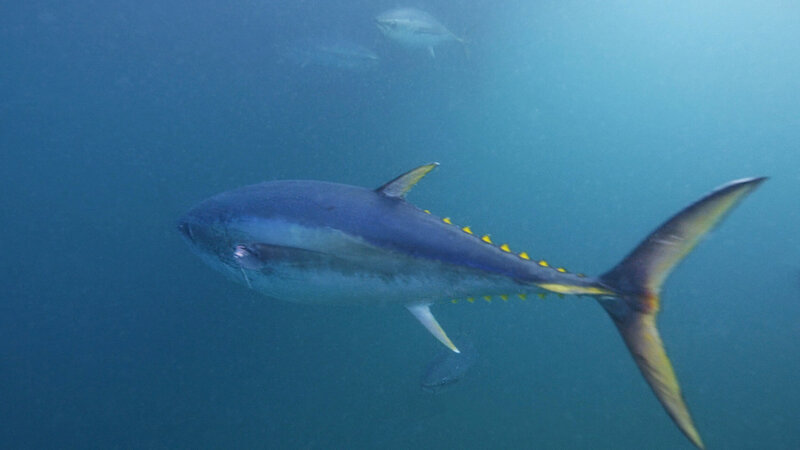
Compared with other tunas, Masu tuna has a lower fat content, dark red meat, no sour taste, firm and tender taste. It is usually used to make canned fish, and is also commonly seen in some sushi restaurants as a high-quality sushi ingredient.
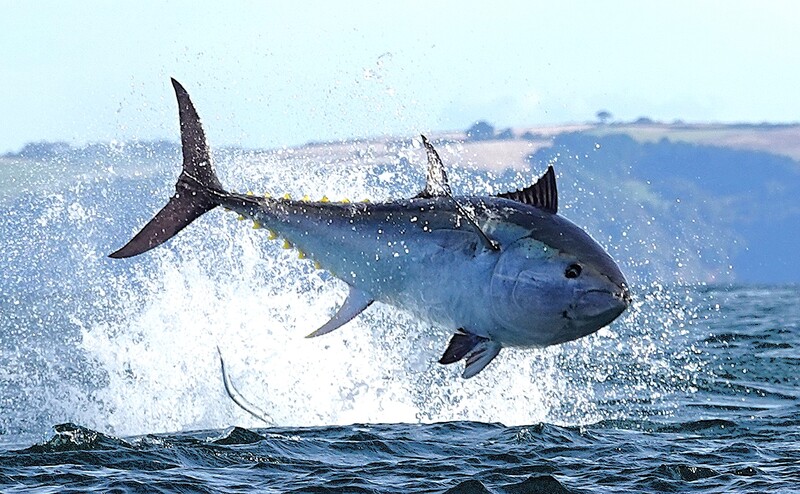
The ranking of the top ten tuna species is based on the public awareness of tuna and other related information, and is combined with other related rankings/lists on the Internet for comprehensive ranking recommendations. It is for reference only. If you have any questions, please comment/communicate at the end.
animal tags: tuna
We created this article in conjunction with AI technology, then made sure it was fact-checked and edited by a Animals Top editor.